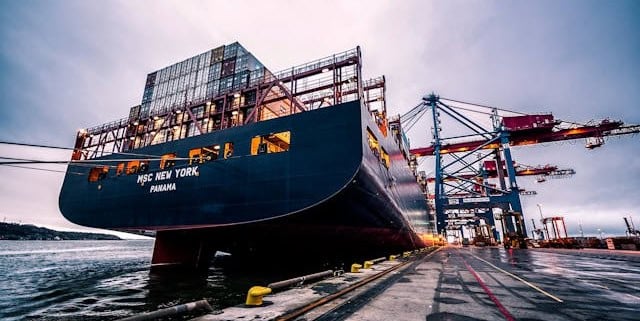
Supply & Demand Dynamics, Leasing Activity, Development, Capital Markets & Industry Projections
What You’ll Learn:
- What macroeconomic and regional trends—such as re-shoring, tariffs, and supply chain shifts—are shaping industrial real estate investment strategies in 2025?
- How is the continued growth of e-commerce and same-day delivery driving demand for warehouse, logistics, and last-mile fulfillment space across Southern California, and how are investors and developers adapting?
- What evolving tenant requirements—such as increased ceiling heights, cross-dock loading, and cold-storage capabilities—are influencing warehouse and manufacturing facility designs, and how are landlords adjusting their leasing strategies?
- What are the most important lease terms for tenants in 2025, and how are landlords responding to keep occupancy high?
- With the surge in demand from 3PLs, cold-storage users, and specialized logistics tenants, how is industrial leasing becoming more tailored and use-specific?
- How is the constrained availability of land in Southern California affecting industrial development strategies and timelines?
- What are some innovative building designs or technologies being used in new industrial developments?
- How is the rise of automation, robotics, and AI transforming operational workflows within warehouses and manufacturing facilities—and what implications does this have for building design and utility infrastructure?
- How will industrial real estate continue to evolve in response to automation and artificial intelligence, and what does that mean for building designs and tenant expectations?
- In a market with tightening supply, how can landlords and developers address the rising cost of land while still ensuring competitive pricing and tenant satisfaction?
- How are last-mile logistics centers influencing the design and location of new industrial buildings, and what challenges do they present?



